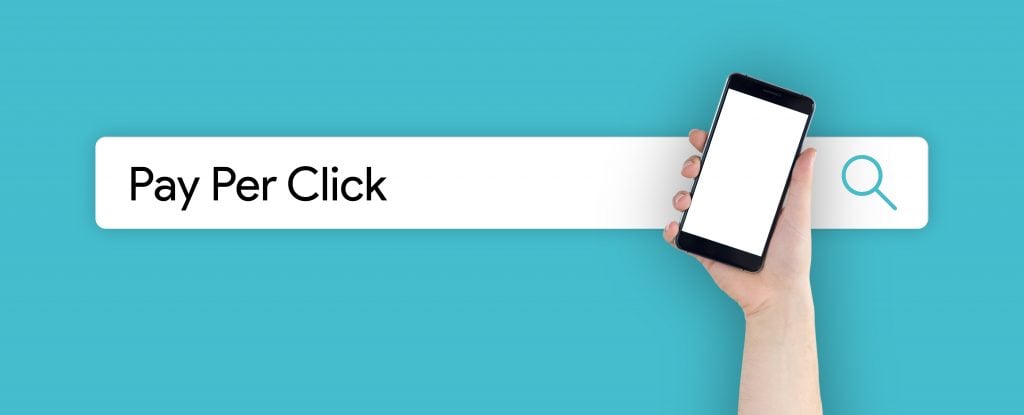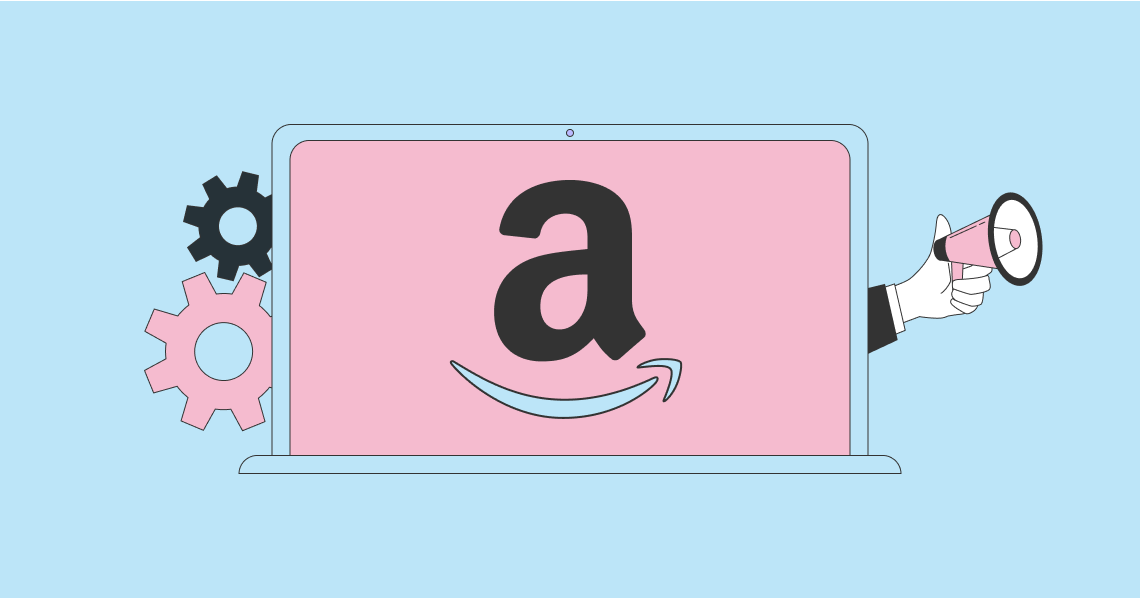With so many people losing their jobs through COVID, many will inevitably investigate the possibility of setting up an online eCommerce business. Although it can be relatively easy to build an eCommerce business for relatively little cost, you will need to spend some time ensuring that your business is viable. There can be considerable competition online, and you need to establish a point of difference from everybody else.
You generally can't expect to make much money in the early days of your business. It takes time to build a following and establish yourself online. However, assuming that there is a demand for the products you intend to sell (or services you will perform), then you should be able to build a client base in the end, as long as you have the patience and resilience to survive the initial lean times. Creating an online eCommerce business is probably not the way to end a time of unemployment. It is better to set your business up while you still have work and can initially rely on another income for your living expenses.
In this post, we look at how you can boost the money you make from your online eCommerce business. We also now have an eCommerce calculator to give you a guide to the sort of money you can expect to make.
How Much Money Can You Make with an Online eCommerce Business?:
Use our Free eCommerce Earnings Estimator below to calculate your own earnings potential.
Monthly Revenue Potential
$10,000
Yearly Revenue Potential
$120,000
Active vs. Passive Income
You can think about making money online by whether you are trying to make active or passive income. The type of eCommerce business you create will reflect this. The most common ways for you to make money online are:
- Active, e.g., selling services or products
- Passive, e.g., receiving affiliate commissions or advertising earnings
Probably the most common type of eCommerce business is actively selling goods. These include both physical products and digital products, such as eBooks, SAAS products, courses, and membership communities.
The Money You Earn With Your eCommerce Business Depends on Traffic and Conversions

Source: freepik.com
One of the biggest pitfalls eCommerce beginners encounter is that they think that once they have created an eCommerce website, people will magically flock to it and purchase their goods. Unfortunately, it isn't as easy as that. In January 2020, there were over 1.74 billion websites on the internet. You're competing with all of these for people's eyesight and attention.
Alright, it isn't quite that bad in practice. With a combination of good search engine optimization (SEO) and judicious marketing, you can make your eCommerce stand out and build an online following. However, if you let your site stagnate, it will vanish into the crowd.
There are two key factors relevant to an online eCommerce business: traffic and conversions. Traffic represents the number of people who come to and browse your website. Conversions are the people who meet some desired goal. In the case of an eCommerce site, your conversions will generally be the people to whom you make sales.
To get conversions, you, of course, first need traffic. In the old days, traffic meant people walking through your shop door (or "bums on seats" if you operated something like a theatre). Nowadays, traffic refers to the people who click on your website (and preferably don't "bounce" straight away to another site. This makes marketing vital to your eCommerce business success.
Generate Traffic Through Marketing
The easiest way to build traffic to your site is through judicious marketing. And you don't even need to spend a fortune to have a noticeable effect.
Email Marketing
Although quite an old marketing method, in internet terms, email marketing can still be a lucrative and successful way for a firm to gain traffic, and in turn, sales. Email marketing remains one of the best ways to reach your target audience. An eMarketer study shows that the median email marketing ROI is 122%, four times higher than any other digital marketing channel.
Successful email marketing brings traffic to your website regularly. Remember, people have to sign up to receive your emails. They usually do this because they have received some form of valuable content from you or something else that interests them. They will usually be the types of people interested in what you sell. You can use your email marketing to keep them informed of your new products and whatever else you sell.
You can use a series of emails to nurture your customers. For instance, you could send a distinct sequence of emails to new customers or to those who begin the buying process. This can help walk them through the process from being vaguely interested in the type of products you sell to where they are ready to commit to making a purchase. You can also customize emails to special events like birthdays and seasonal events like Christmas and Black Friday (or Cyber Monday for an eCommerce store).
PPC Marketing
When you engage in Pay Per Click (PPC) Marketing, you pay for an ad that enhances your site's chances of being visible to your target customers. For instance, you could pay Google an amount to put your listing/ad near the top of the search rankings for your preferred term. Some of the social networks also offer a version of PPC marketing. On Facebook, for example, you can pay to have a "Sponsored Post" appear in the feeds of the types of people whom you want to visit your eCommerce site.
This is referred to as PPC marketing because the amount you pay usually depends on the number of people who click on your ad or listing. Most successful eCommerce stores have PPC campaigns operating, as it can be a very successful way to help you make money online. The more visible you are to your target customers, the greater the likelihood of them coming to your eCommerce site.
For example, if you sell "Woolen work socks," you might pay Google (and possible Bing too) to place your listing near the top of their search results whenever somebody searches for that term.
The biggest problem is that there is only so much space for these ads, and some terms are incredibly popular with advertisers. You will have to pay a higher price for ads alongside popular terms than for niche or less searched phrases. Of course, it may cost more to advertise for popular terms, but the potential for increased sales and, in turn, income, is, of course, increased accordingly.
One disadvantage of paying for PPC advertising on the search engines is that you have a comparatively limited ability to define your target audience. And every "wrong" person who clicks on your ad is wasted money.
Social Media Marketing
The other type of PPC advertising is on social media, like Facebook. These generally let you pay to have your articles, posts, videos, images, or whatever, show in a highly visible promoted position on the feeds of people on your preferred social channel. Most of the social media advertising markets let you target people by demographics (and even psychographics in some cases) to quite a granular level. This means that you can ensure that only the "right" people see paid posts for your eCommerce business. We have previously written our Beginners Guide to Facebook Advertising, which walks you through social PPC marketing on Facebook and Instagram. You will find that things operate similarly on the other social platforms.
However, you should still do social media marketing even if you don't have the budget to pay for PPC advertising. Set out clear social accounts for your eCommerce business on all of the social channels that your target customers use. Make sure your profile is clear and that you use consistent branding across all of them, as well as your eCommerce website. You can then share blog posts, articles, videos, images, reviews, company news, and other things across your social channels – but don't make them look like advertising. You need these to come across as valuable content to your followers.
As renowned marketer Neil Patel says, "Whether you're an avid social media expert or a total newcomer to the party, you can still use social media to grow your business." He observes that social media is all about connections, relationships, and engagement. People who have a positive experience with your company will make recommendations in their social posts. Paid marketing expert Larry Kim also has an essential piece of advice:" make sure you only pay to promote your top content for the greatest success."
SEO Marketing
We mentioned above how you can pay Google or Bing to appear near the top of their listings. However, it is vital that you also work on improving your organic rankings, i.e., how you appear in the "normal" Google (or Bing) search rankings for those terms most important to your eCommerce store.
Search Engine Optimization (SEO) is a vast and sometimes complex science, but it is vital, regardless of your size. You should find an SEO app or plug-in for your site, depending on the platform you choose. We have included SEO Optimizer for Shopify sites in our post, 15 eCommerce Apps to Supercharge Your Store.
According to HubSpot, "Search engines look for elements including title tags, keywords, image tags, internal link structure, and inbound links (also known as backlinks)… Search engines also look at site structure and design, visitor behavior, and other external, off-site factors to determine how highly ranked your site should be in their SERPs." As daunting as this may sound, you can relatively easily ensure that you follow acceptable SEO practices with your eCommerce site. And the higher your site appears in the rankings for your most relevant terms, the more visible you will be to people who will, in turn, come and investigate what your site has to offer. And if they like what they see, they will spend money on products at your online business.
Influencer Marketing
We wouldn't be the Influencer Marketing Hub if we didn't mention that you can use influencer marketing to increase the traffic to your eCommerce site and improve the amount of money you can make. As we have seen in many previous articles, with influencer marketing, you work with influential people in your sector to help you meet some goals. A goal could be to increase awareness of your eCommerce site, and if you choose an influencer with an audience that matches the target customers for your site, they could help boost your traffic. Indeed, if you have selected your influencer carefully, they may also help increase your conversion rate, too, as the people they send to your eCommerce store would generally be more likely to spend money there than the average person.
Revenue vs. Profit. Net vs. Gross
As you determine your eCommerce business's profitability, it is essential that you understand a few accounting terms.
You calculate your Gross Profit by taking your Total Sales and subtracting the cost of making or selling your product. If you don't make products yourself, then the cost of sales of an eCommerce store will generally be the cost of buying your products.
Gross Profit = Total Sales – Cost of Goods Sold
However, your Net Income is the total amount of profit your eCommerce business makes in a set period. You deduct all your expenses form your Total Sales (and Other Income). As well as your Cost of Goods Sold, your expenses will include all of your overhead and tax (if you are a company).
Net Income = Gross Profit + Other Income – Overhead – Tax (Companies Only)
If your eCommerce store's business structure is a sole trader or a partnership, then the owners, not the business, pay the tax.
Be Patient with Your Income Expectations
One of the requirements for creating a successful eCommerce business is patience. It will not be an overnight ticket to riches. It takes time to build your site, get your SEO working, set up social accounts and campaigns, market as much as possible, and slowly shift people through the buyer's funnel on your site. Don't ever think that eCommerce is a way to make quick money. However, it can be a way to create a long-running income stream, particularly if you can set up sources of passive income.
According to Mike Allton on B2C, the key requirement for making income online is BAM:
- Brain – you need to know a lot about a niche
- Attitude – you need to be positive and optimistic
- Motivation – you need a high level of determination to get things done
It is these three factors that will drive whether you are capable of making a successful eCommerce business.
Frequently Asked Questions
What are the biggest mistakes e-commerce beginners make?
One of the biggest mistakes beginners to e-commerce make is that they think that after they have created their e-commerce website, customers will magically visit it and buy their products/services. It is more difficult than that. There are over 1.7 billion websites that you need to compete with for attention. Many people mistakenly think that they will get rich overnight. This is not the case. You need to be patient. So, you can’t allow your website to stagnate after you have created it.
What can you do to make your e-commerce website stand out?
By using good search engine optimization (SEO) and sensible marketing, you can make sure that your e-commerce website stands out from the crowd. You should also not allow your website to stagnate. Examples of sensible marketing include email marketing, PPC marketing, social media marketing, SEO marketing, and influencer marketing.
What is the difference between conversions and traffic?
Traffic refers to the number of people who visit and browse your website (in other words, they do not bounce immediately to another website). Conversions refer to the people who satisfy some specific goal. For example, if you have an e-commerce website, this goal will usually be to make a sale. So, the people who have actually purchased a product will be your conversions. Needless to say, in order to get conversions, you need to get traffic first.
What is the difference between active and passive income?
Active income refers to when you are, for example, selling services or products. Passive income refers to when you, for example, receive affiliate commissions or advertising earnings. The most common type of e-commerce business is most likely one that actively sells products.
What is PPC marketing?
PPC marketing stands for pay-per-click marketing. When you use this type of marketing, you will pay for an advertisement that will improve your website’s chances of being visible to your target audience. The amount you pay typically depends on the number or people who click on your advertisement. One issue is that you will have to pay more for advertisements that advertise for popular terms. You also have relatively limited ability to define your target audience.




